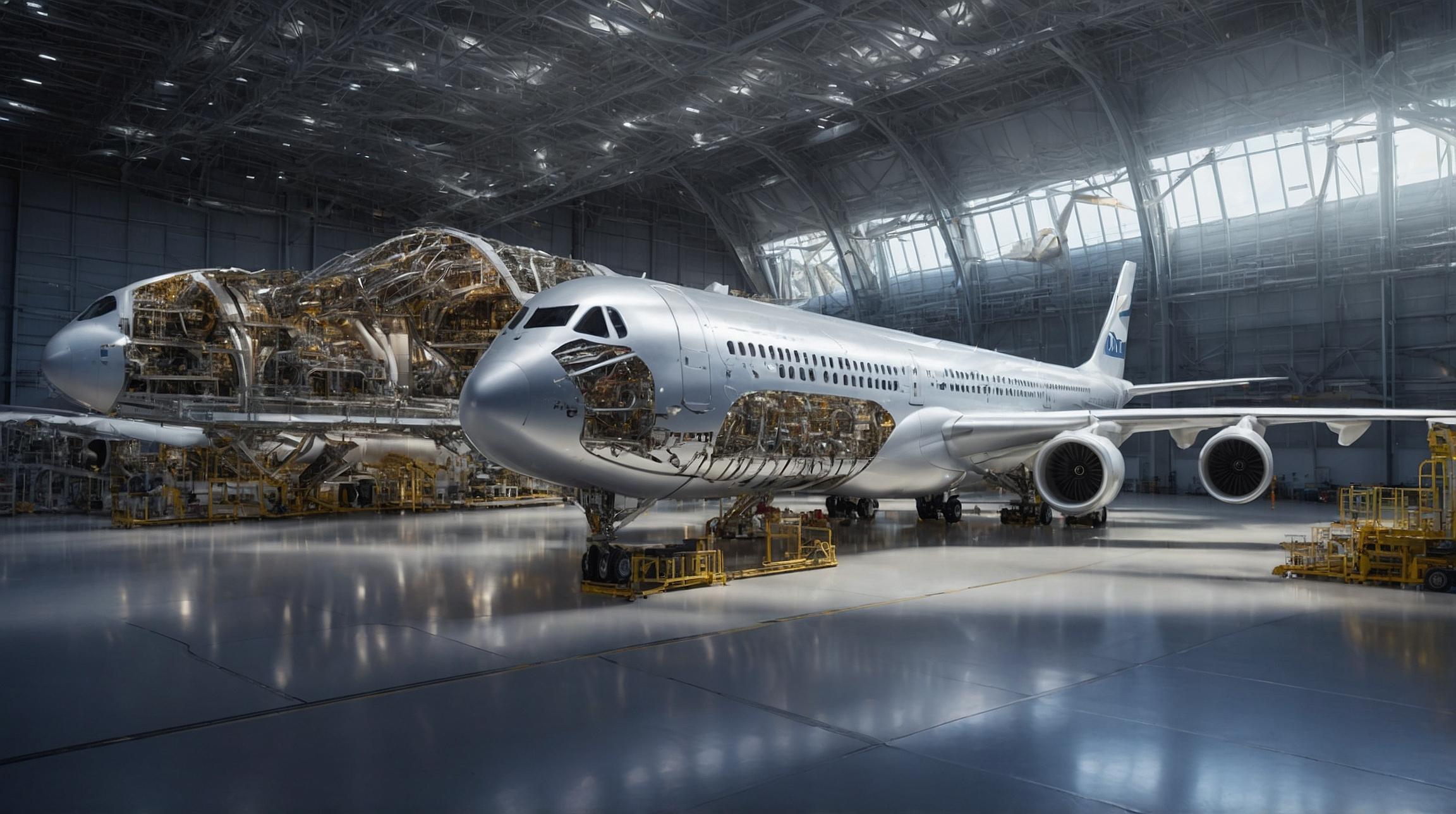Airbus Cuts Delivery Target and Delays Jet Production Goal
PARIS – Airbus, the world's leading aerospace company, announced on Monday that it will deliver fewer airplanes in 2024 than previously expected. The new target is around 770 airplanes, down from its original goal of around 800. Additionally, Airbus is delaying its plan to produce 75 narrow-body airplanes per month to 2027, instead of reaching this target by 2026.
Facing Challenges
Airbus CEO Guillaume Faury acknowledged that the company is dealing with several challenges. "We are facing headwinds right now; we have to bite the bullet," he said.
Supply Chain Issues
One major issue for Airbus is a shortage of parts. Since the pandemic, many suppliers have struggled with weak finances, making it difficult to supply the necessary components consistently. For example, Airbus has had trouble obtaining enough engines for its A320-family jets.
Engine suppliers like RTX subsidiary Pratt & Whitney and CFM International (a joint venture between GE Aerospace and France's Safran) have had problems delivering on time. Faury hinted that if these suppliers continue to delay, they will face consequences.
Impact on Production Goals
Delays in engine supply and other parts have led Airbus to revise its production forecast. The company had set a goal to produce 75 narrow-body airplanes per month by 2026 but has now pushed this deadline to 2027. The shortfalls affect not only the A320 models but also wide-bodied jets like the A330neo.
Other Contributing Factors
Other parts such as aerostructures and cabin components also face shortages. Aerostructures are the skeleton of the airplane, and any uncertainty in their supply impacts Airbus’s ability to meet its production goals. For example, Spirit Aerosystems, a major supplier of these parts, is facing difficulties with its commitments.
In addition, a strike at a Safran factory near Montreal, Canada, has affected the production of landing gear components for both Airbus and Boeing planes.
Visual Evidence
In Toulouse, France, a Reuters reporter found five undelivered Airbus wide-bodied jets without engines. Faury explained that engines for the A330neo are behind schedule, but engines for the A350 model are on track. Sometimes, even when engines are available, other parts like seats are still missing, delaying the fitting process.
What's Next?
This situation illustrates the complexities of the aerospace industry and how vital each component is for the timely delivery of an airplane. Moving forward, Airbus will need to navigate these supply chain obstacles to meet its revised goals.
This article explains the current situation at Airbus in simple terms so that anyone, even a housewife without technical knowledge, can understand the challenges and delays the company is facing.
Terminology Explanation:
- Narrow-body airplanes: These are airplanes with a single aisle, like the Airbus A320.
- Wide-bodied jets: These are larger airplanes with two aisles, like the A330neo.
- Aerostructures: These are the main framework or skeleton of the airplane.
- Engine suppliers: Companies that provide engines for airplanes, crucial for their operation.
Understanding these terms helps grasp why Airbus is behind schedule and what it means for the aviation industry.













